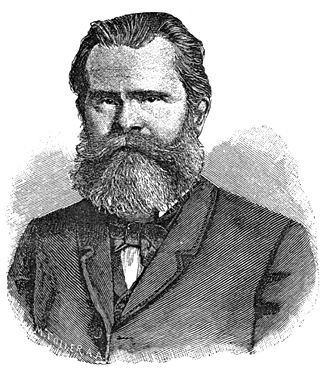
Otto Staudinger was a German entomologist and a natural history dealer considered one of the largest in the world specialising in the collection and sale of insects to museums, scientific institutions, and individuals.

The Cochylini are a tribe of tortrix moths. It used to be classified as the subfamily Cochylinae.

Archips oporana, also known as the pine tortrix or spruce tortrix is a moth of the family Tortricidae, found in Asia and Europe. It was first described by Carl Linnaeus in 1758.
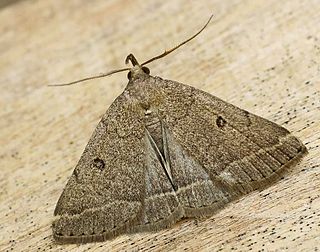
Zanclognatha zelleralis, the dusky fan-foot, is a species of moth of the family Noctuidae. It was described by Maximilian Ferdinand Wocke in 1850. It is found in central and southern Europe.

Cochylidia is a genus of moths belonging to the family Tortricidae.

Cochylidia rupicola, the chalk-cliff tortrix or conch, is a moth of the family Tortricidae.
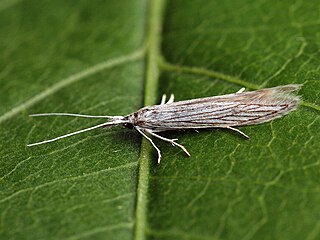
Coleophora brevipalpella is a moth of the family Coleophoridae. It is found from Fennoscandia to the Pyrenees, the Alps and the Carpathian Mountains and from Germany to Romania and North Macedonia.

Aethes rubigana, the burdock conch, is a moth of the family Tortricidae. It was described by Treitschke in 1830. It is found in most of Europe, except the Iberian Peninsula and part of the Balkan Peninsula. Outside of Europe, it is found in China, Japan and Russia.

Grapholita discretana is a moth of the family Tortricidae. It was described by Maximilian Ferdinand Wocke in 1861. It is found in most of Europe, except Great Britain, Ireland, the Iberian Peninsula and most of the Balkan Peninsula.

Gynnidomorpha alismana, the water plantain conch, is a moth of the family Tortricidae. It was described by Ragonot in 1883. It is found in most of Europe, except Spain, Switzerland, most of the Balkan Peninsula and Ukraine. Further east it is found across the Palearctic to China and Korea. It is found in riverine and other watery habitats.
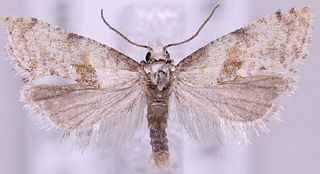
Cochylidia heydeniana, the blue-fleabane conch, is a moth of the family Tortricidae. It was described by Gottlieb August Wilhelm Herrich-Schäffer in 1851. It is found from most of Europe to China (Xinjiang), Mongolia, Korea, Russia and Japan. The habitat consists of dry pastures, wasteland and sand dunes.

Cochylidia richteriana is a moth of the family Tortricidae. It was described by Josef Emanuel Fischer von Röslerstamm in 1837. It is found from central and northern Europe to Mongolia, China, the Russian Far East, Korea and Japan.

Cochylidia subroseana, the dingy roseate conch, is a moth of the family Tortricidae. It was described by Adrian Hardy Haworth in 1811. It is found from most of Europe to China, Russia, Korea and Japan. It has also been recorded from North America.

Aethes moribundana is a species of moth of the family Tortricidae. It was described by Staudinger in 1859. It is found in southern and eastern Europe, Algeria, Asia Minor, Iran, Afghanistan, Central Asia, Mongolia and China.
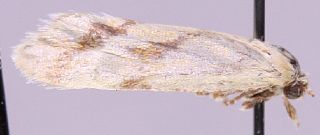
Aethes fennicana is a species of moth of the family Tortricidae. It is found in northern and central Europe, Iran and China (Xinjiang).
Cochylidia altivaga is a species of moth of the family Tortricidae. It is found in China and Nepal.
Cochylidia liui is a species of moth of the family Tortricidae. It is found in Guizhou, China.
Cochylidia multispinalis is a species of moth of the family Tortricidae. It is found in China.
Cochylidia oblonga is a species of moth of the family Tortricidae. It is found in China.

Cochylidia moguntiana is a species of moth of the family Tortricidae. It is found in Spain, Sweden, Denmark, Germany, Poland, Austria, Italy, the Czech Republic, Slovakia, Croatia, Hungary, Romania, Estonia, Latvia, Lithuania, Russia, Afghanistan, Kyrgyzstan, northern Pakistan, Iran, China and Korea.

















